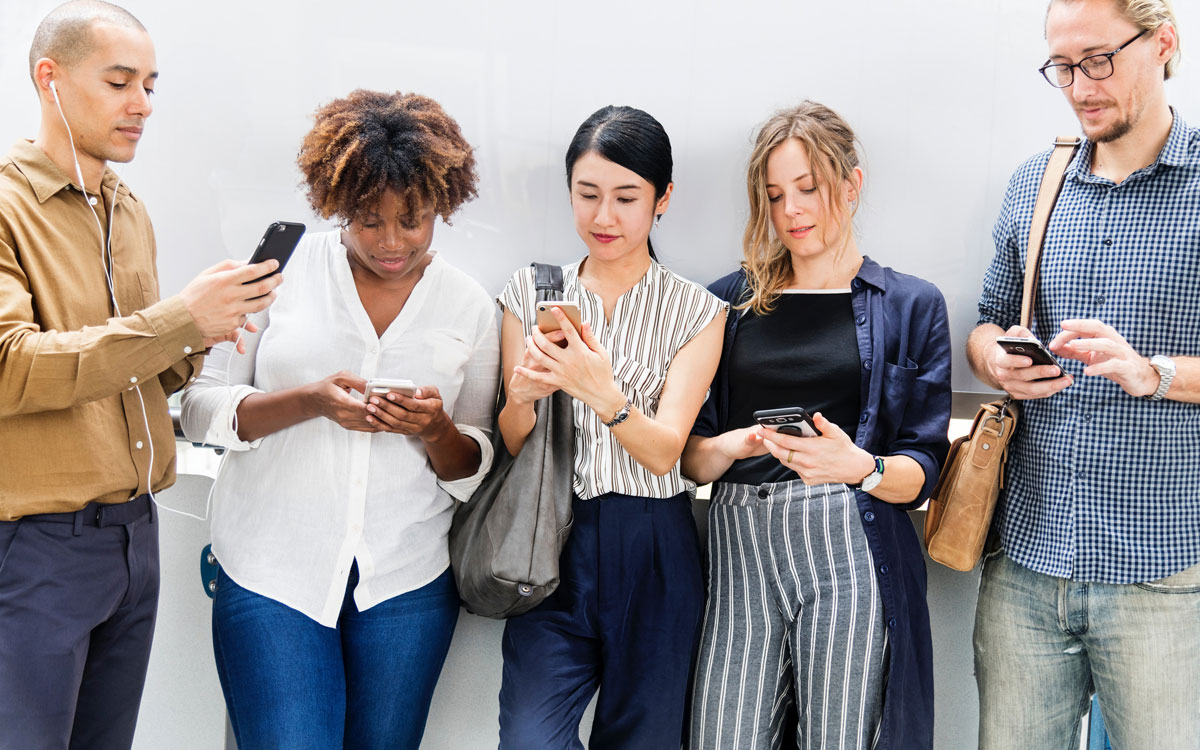There was a time before the pandemic when digital ordering was slowly becoming an essential piece of the omnichannel brand ordering experience. The most forward-thinking quick-service restaurant brands adopted new ordering technologies early and used them to great advantage. But the rest of the pack lagged, wondering how much of an impact digital ordering tools and services could really have on their business model.
That all changed last year when necessity forced late-adopting brands to act swiftly on technology deployment in search of evaporating customer bases. With walk-in customers no longer walking in and onsite dining limited or not allowed under local restrictions, the best and most effective place to reach customers was online.
After a painful March and April last year, restaurants of all shapes and sizes began to pivot to the model you frequently see today: limited and distanced in-person dining where allowed, with an emphasis on low-touch curbside pickup or contactless delivery, online ordering, third-party delivery, standalone mobile application ordering and a concerted effort to connect and communicate within local communities via social media.
It was like a switch went off, and all at once, the restaurant brands who had previously eschewed the cutting edge in technology started moving towards it as a life raft in turbulent times. They built delivery programs for the first time and added curbside services. They developed better online ordering capabilities, learned about the power of push notifications in native mobile apps, and they went online with DoorDash and Uber Eats. They became, by necessity, more digitally oriented.
The learning curve for some was minimal. The pandemic was a market share opportunity for the quick-serves with well-built mobile ordering capabilities and integrated third party delivery. For those at the start of the journey, tech deployments couldn’t come fast enough.
By now, as we sit in the earliest days of 2021 and at the precipice of a national vaccination rollout in the months ahead, restaurant owners and operators are no doubt hopeful that a return to “normal” economic conditions awaits them around the next corner. Surely most executives in the industry hope for growing foot traffic through spring, summer, and autumn.
But the return to in-person dining does not end this chapter in our industry’s history. For all of the difficultly the pandemic wrought on our business models, the silver lining is clear: the technology platforms built will still be there in the after times.
The patrons who are slow to return to a dining room shoulder with a stranger will still have access to the ordering platforms that sustained them during the pandemic. The people who came to love delivery from DoorDash will still have the app on their phone. Curbside ordering may give way to in-person dining in time, but the technology that powered it through the darkest hours in restaurant history will certainly not.
Technology will continue to bolster and support an omnichannel restaurant experience. Those brands that have endured to build better tools for the future will indeed enjoy that future. Imagine your restaurant in 2022: dining room at 100 percent capacity, orders streaming in for takeout from your website and app, as a stream of curbside pickup customers pulls into the parking lot, next to the third-party delivery drivers scooping up bags on a busy Friday night.
It’s enough to make you smile, isn’t it? The future of foodservice will be wide open in the post-pandemic era, thanks to the digital ordering channels we built by necessity.
Hope Neiman is the Chief Marketing Officer of Tillster, a leading global player in the burgeoning restaurant technology space. Hope and her team drive outcomes by combining data and technology to expand sales and increase consumer engagement in a measurable way. Through Hope’s marketing expertise and brand vision, Tillster grew from a kiosk company into a best-in-class, metric rich engagement and ordering solutions provider for multi-unit national and international restaurant brands. The Tillster platform provides visibility and impact on millions of transactions daily, around the world, for more than 50 of the world’s largest quick-service, fast casual, and casual dining brands.







